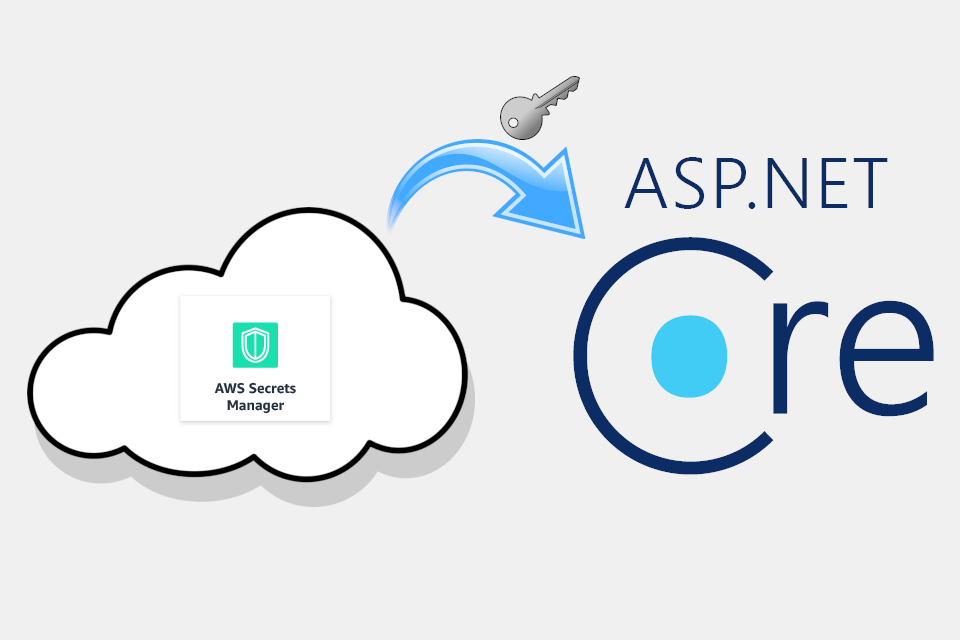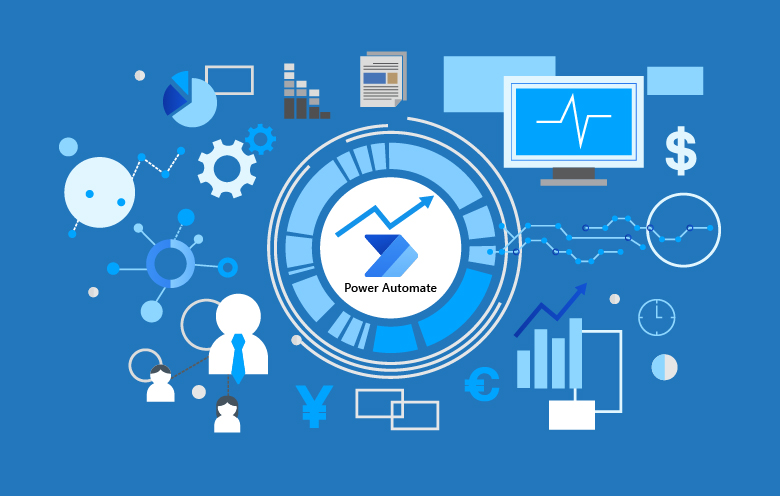Description
Introduction of Everlaw Predictive Coding
This training provides a comprehensive look at predictive coding in Everlaw, a machine learning-powered tool designed to optimize and accelerate the document review process in e-Discovery. Predictive coding, also known as technology-assisted review (TAR), helps legal teams prioritize documents for review by training algorithms to identify relevant and non-relevant materials. This course will guide participants through the practical application of predictive coding in Everlaw, from setup and training to reviewing results and integrating AI with traditional review workflows.
Learning Outcomes of Everlaw Predictive Coding
- Understand the basics and benefits of predictive coding in e-Discovery.
- Set up and train predictive coding models in Everlaw.
- Evaluate the effectiveness of predictive coding for document review.
- Integrate predictive coding with manual review processes to increase efficiency.
Prerequisites of Everlaw Predictive Coding
- Basic understanding of Everlaw’s interface and document review processes.
- Familiarity with e-Discovery and legal workflows.
- No prior knowledge of AI or machine learning is required.
Table of Contents
- 1.Introduction to Predictive Coding and AI in e-Discovery
1.1 What is Predictive Coding?
1.1.1 Overview of technology-assisted review (TAR) and its benefits.
1.1.2 Introduction to AI and machine learning in e-Discovery.
1.2 How Predictive Coding Works in Everlaw
1.2.1 The predictive coding process: training, evaluation, and review.
1.2.2 Workflow integration in Everlaw for faster and more efficient document review.
1.3 Hands-On Activity: Exploring Predictive Coding in Everlaw
1.3.1 Participants will navigate Everlaw’s predictive coding interface and understand its features. - 2.Setting Up Predictive Coding in Everlaw
2.1 Preparing Your Dataset for Predictive Coding
2.1.1 Data preparation: cleaning, categorizing, and organizing documents.
2.1.2 Identifying documents for training the model.(Ref: Integrating Everlaw with Other Legal Tools)
2.2 Creating a Predictive Coding Project in Everlaw
2.2.1 Step-by-step guide to setting up a predictive coding project.
2.2.2 Configuring project parameters and defining review categories.
2.3 Hands-On Activity: Setting Up a Predictive Coding Case
2.3.1 Participants will set up a new predictive coding project, preparing their dataset for AI training. - 3.Training the Predictive Coding Model
3.1 Training the Model with Document Samples
3.1.1 Selecting initial training samples for the predictive coding model.
3.1.2 Reviewing and coding sample documents to teach the model.
3.2 Iterative Training Process
3.2.1 Understanding the importance of continuous training cycles.
3.2.2 Refining the model’s accuracy with additional rounds of training.
3.3 Hands-On Activity: Training the Predictive Coding Model
3.3.1 Participants will perform an initial round of training, coding documents to teach the model. - 4.Evaluating Predictive Coding Results
4.1 Assessing the Accuracy of Predictive Coding
4.1.1 Reviewing precision, recall, and other key metrics for evaluating model performance.
4.1.2 How to interpret Everlaw’s predictive coding analysis tools.
4.2 Validating the Model’s Effectiveness
4.2.1 Techniques for validating model accuracy and adjusting parameters as needed.
4.2.2 Deciding when the model is ready for full-scale review.
4.3 Hands-On Activity: Evaluating and Adjusting the Predictive Coding Model
4.3.1 Participants will evaluate model results and make adjustments for improved accuracy. - 5.Reviewing Documents Using Predictive Coding
5.1 Automated Review vs. Manual Review
5.1.1 Understanding the balance between predictive coding and manual review.
5.1.2 Prioritizing documents for human review based on AI recommendations.
5.2 Implementing Predictive Coding in Large-Scale Document Reviews
5.2.1 How to integrate predictive coding with traditional review processes.
5.2.2 Managing workflow efficiency with predictive coding insights.
5.3 Hands-On Activity: Reviewing Documents with Predictive Coding
5.3.1 Participants will use the predictive coding model to prioritize and review documents in a mock case. - 6.Managing Predictive Coding Projects
6.1 Monitoring Project Progress and Model Performance
6.1.1 Tracking the progress of your predictive coding project in Everlaw.
6.1.2 Analyzing ongoing performance metrics and making real-time adjustments.
6.2 Collaborating with Teams in Predictive Coding
6.2.1 Best practices for managing teams and ensuring collaboration in predictive coding projects.
6.2.2 Communicating findings and leveraging AI for team-based review workflows.
6.3 Hands-On Activity: Monitoring and Managing a Predictive Coding Project
6.3.1 Participants will monitor a predictive coding project’s performance, tracking progress and team collaboration. - 7.Advanced Techniques in Predictive Coding
7.1 Handling Complex Document Types
7.1.1 How predictive coding works with different document formats and complex files (e.g., emails, spreadsheets).
7.1.2 Troubleshooting common issues with diverse datasets.
7.2 Continuous Active Learning (CAL) in Everlaw
7.2.1 Using CAL to refine predictive coding models with real-time review feedback.
7.2.2 Integrating CAL into ongoing reviews for dynamic adjustments.
7.3 Hands-On Activity: Applying Advanced Predictive Coding Techniques
7.3.1 Participants will apply advanced techniques such as handling complex files and using continuous active learning. - 8.Integrating Predictive Coding with Legal Hold and Data Preservation
8.1 Using Predictive Coding to Improve Data Preservation
8.1.1 How predictive coding can help identify relevant materials for legal holds.
8.1.2 Streamlining data preservation workflows using predictive coding insights.
8.2 Compliance Considerations in Predictive Coding
8.2.1 Ensuring compliance with regulatory standards when using AI in document review.
8.2.2 Managing data security and integrity in predictive coding processes.
8.3 Hands-On Activity: Using Predictive Coding for Legal Hold
8.3.1 Participants will implement predictive coding to identify and preserve documents relevant to a legal hold scenario. - 9.Reporting and Defensibility in Predictive Coding
9.1 Generating Predictive Coding Reports in Everlaw
9.1.1 How to create defensible reports and document AI-driven review decisions.
9.1.2 Presenting results and outcomes to stakeholders and clients.
9.2 Best Practices for Defending Predictive Coding in Court
9.2.1 Legal considerations and best practices for ensuring the defensibility of predictive coding.
9.2.2 How to respond to challenges or questions regarding the use of predictive coding.
9.3 Hands-On Activity: Creating and Defending a Predictive Coding Report
9.3.1 Participants will generate and present a defensible predictive coding report based on a mock case. - 10.Best Practices and Final Review
10.1 Review of Key Predictive Coding Features
10.1.1 Recap of the essential predictive coding tools and techniques covered in the course.
10.1.2 Common challenges and how to overcome them in real-world scenarios.
10.2 Best Practices for Ongoing Predictive Coding Success
10.2.1 Strategies for maintaining and improving predictive coding models over time.
10.2.2 Tips for integrating AI-driven workflows into long-term document review processes.
10.3 Hands-On Activity: Case Study Review and Wrap-Up
10.3.1 Participants will apply all learned skills to a final case study that demonstrates the full predictive coding workflow.
Conclusion
By the end of this course, participants will have a solid understanding of how to set up, train, and manage predictive coding projects in Everlaw. They will be proficient in using AI to accelerate document review, ensuring accurate and defensible results while optimizing legal workflows.







Reviews
There are no reviews yet.